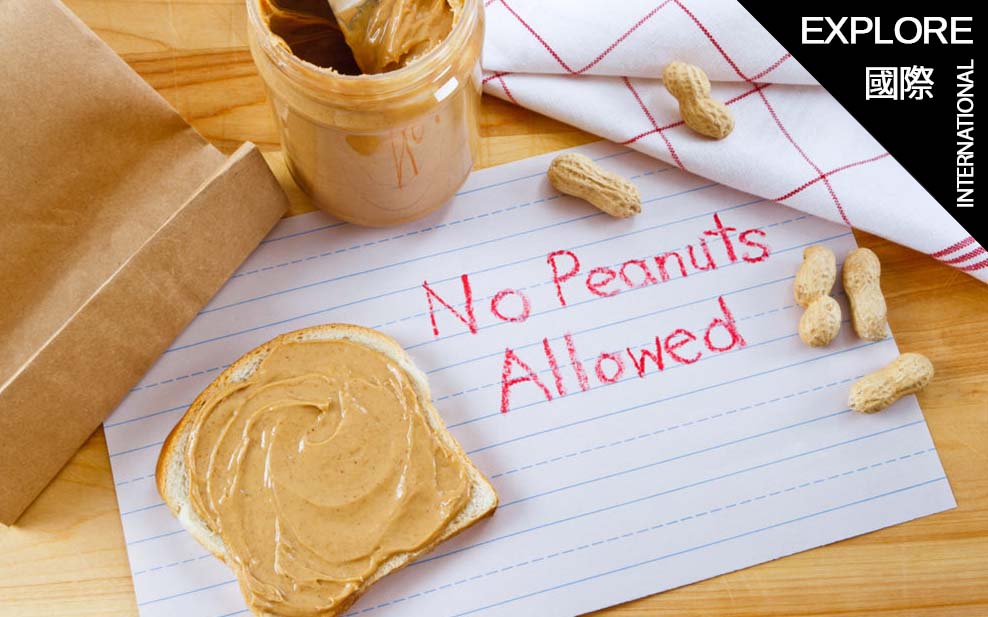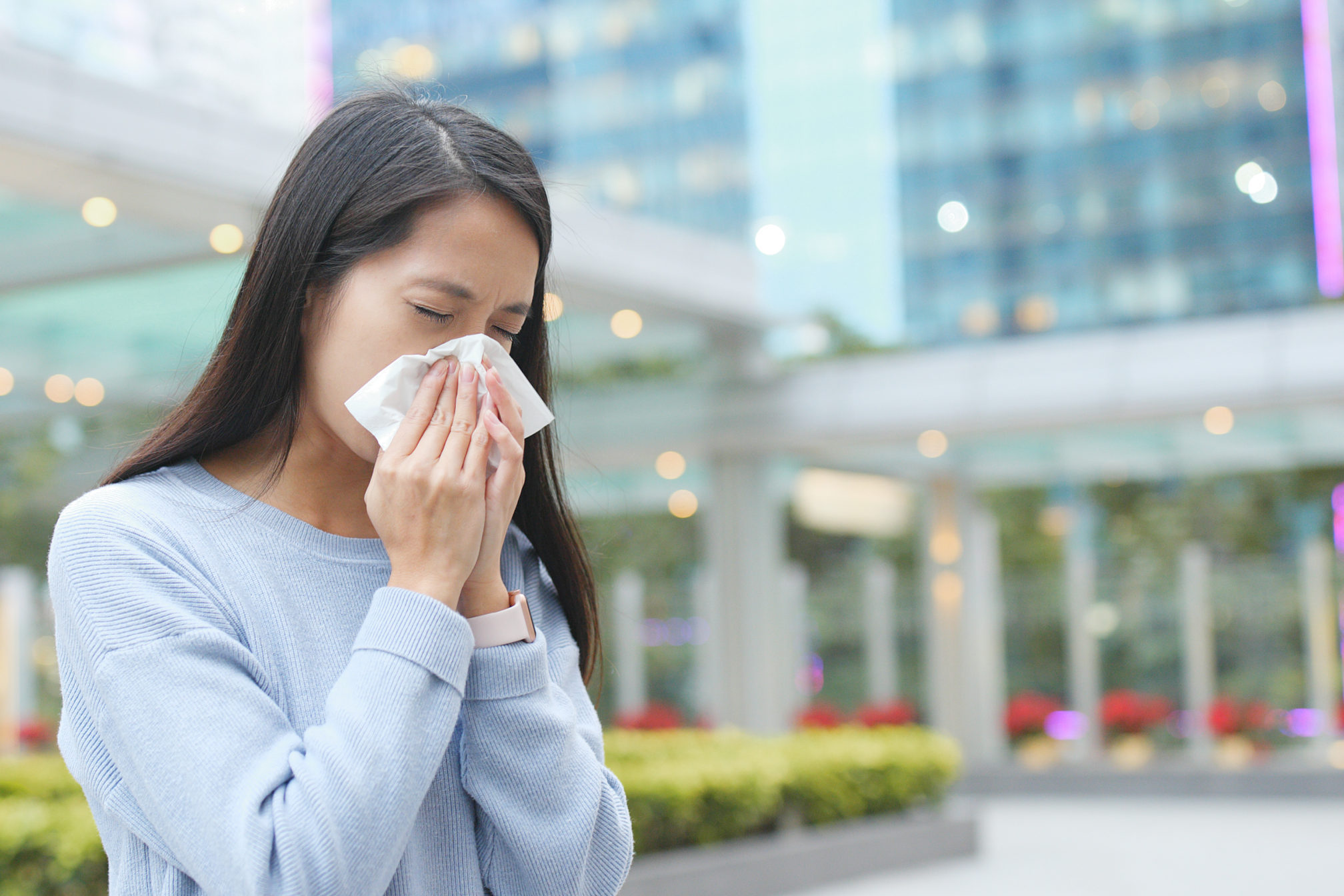
Travelling with Allergies
Allergies can be incredibly serious.
Regardless whether they are triggered by particles that are ingested, inhaled or applied to the skin, allergies are at best irritating and at worst, fatal.
Travel can pose a significant issue for those who have to manage allergies. Especially if travel includes places where you cannot speak the language, or if you are responsible for managing the allergies of someone else (such as a child).
I’m not qualified to comment on the causes of allergies, but I am a parent to two children who have skin sensitivities (use the wrong brand of sunscreen, moisturiser or insect repellent and they develop a rash that can take up to two weeks to fade completely). We also have to manage hay fever that flares up very differently in different places (London? Horrendous! Hong Kong, no issues. Sydney – really depends on the season).
However, a significant number of friends and acquaintances of mine have to be mindful of much worse. One friend’s son has an allergy to peanuts so severe that he cannot be in a room with an open jar of peanut butter. Her travel concerns include being confined on an aircraft where peanuts might be distributed as in-flight snack. Although her son would not physically consume the nuts, he could be significantly affected by the peanut oil that would be circulating in the recycled atmosphere of the airplane.
Many businesses – most particularly food and beverage establishments – are increasingly aware of the danger they could be putting their customers in by not properly listing allergens. In the UK in recent years there have been a number of allergy-related deaths where there labelling on commercially produced food failed to list all ingredients, resulting in people thinking they were safe to consume food that triggered fatal anaphylactic reactions.

So how to manage allergies when travelling?
The most commonly suggested and the most delightfully low-tech option is this: take a credit card-sized piece of paper. On one side, write your allergies in the language of the country you will be visiting. On the reverse, write the translation of the (completed) sentence “I cannot eat XXX because it could kill me. Which food does not have XXX ?”
Once completed, laminate the paper and carry it with you in your wallet, bag, purse or pocket. If necessary, have multiples – one for each country on your itinerary. Whenever you are in a restaurant or café you can then produce your card, which should significantly reduce the chances of a dangerous (or potentially fatal) miscommunication.
If you, or a member of your travelling party suffers from an airborne food related allergy, then air travel can be a cause of real concern. Not all airlines are nut-free, and fish or seafood dishes are fairly frequently served in-flight. This is also true of train travel.

What actions can you take to manage food allergies while travelling?
- If flying, tell the airline that you are booked on of the allergy issues at time of booking, at check-in and boarding, if necessary (don’t assume the message will pass down to the aircrew if you only mention it to your travel agent);
- Request that your flight be free from the allergen if the reaction could even possibly be triggered by airborne particles;
- If flying, request early boarding, so that your seat(s), tray tables and surrounding area can be checked and wiped down of any visible crumbs or spills that the cleaners may have missed;
- Likewise, if travelling by train do a visual check of the seat(s) and wipe clean if necessary;
- If contact reactions are possible, you may wish to place a protective cover over the seat and/ or tray table
- Be prepared to take your own food for your journey so that you can be sure your food is allergen-free
Written exclusively for WELL, Magazine Asia by Marion Wotton
Thank you for reading this article from WELL, Magazine Asia. #LifeUnfiltered.
Connect with us on social for daily news, competitions, and more.






